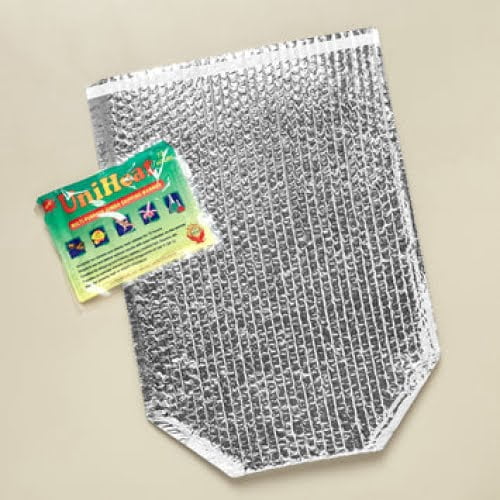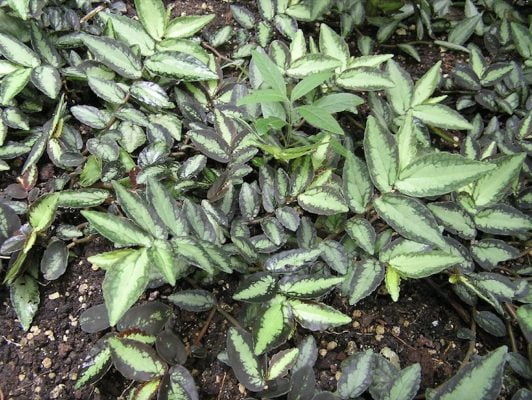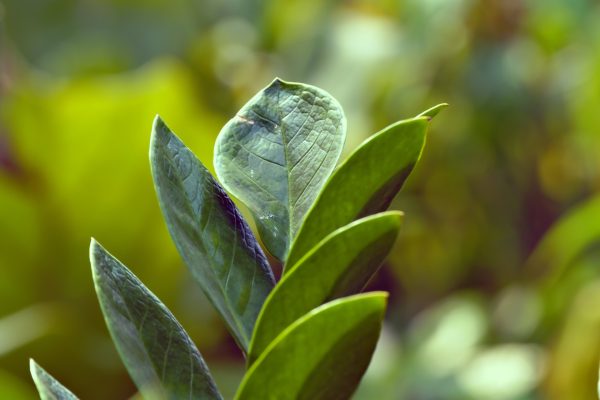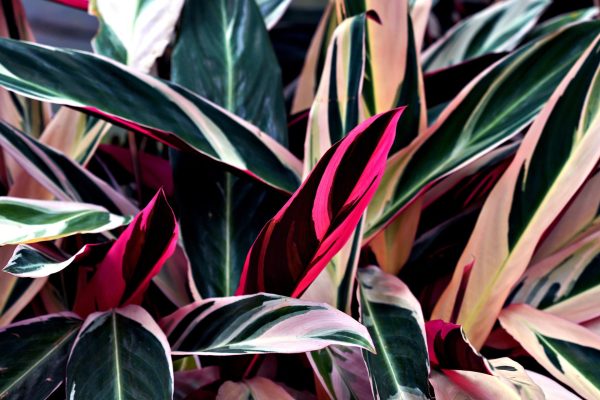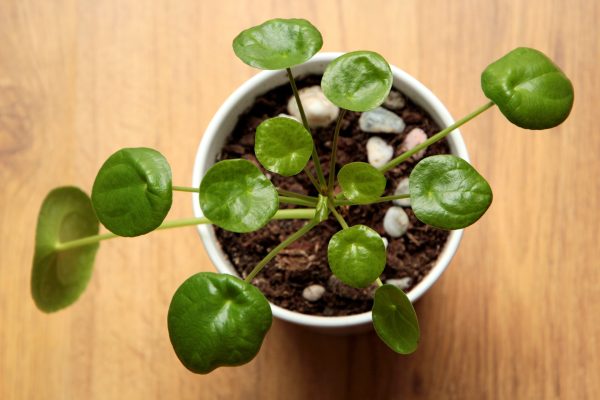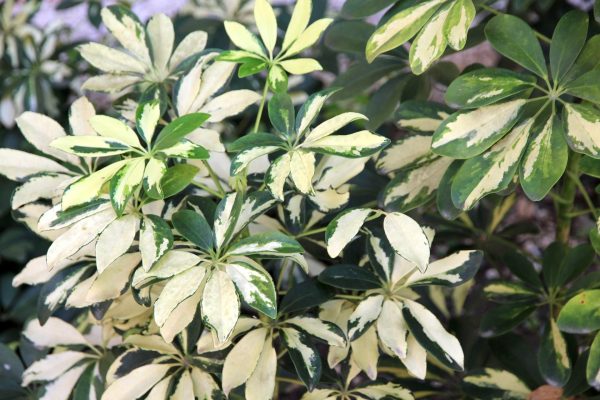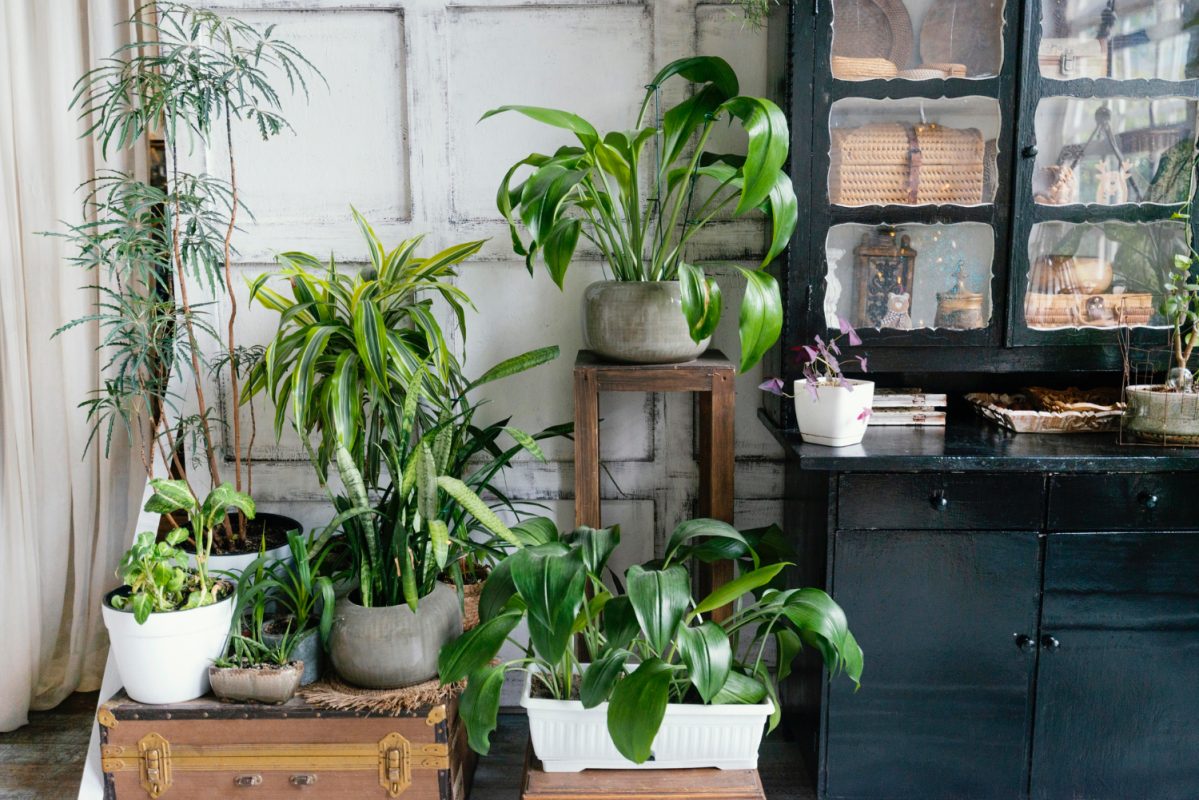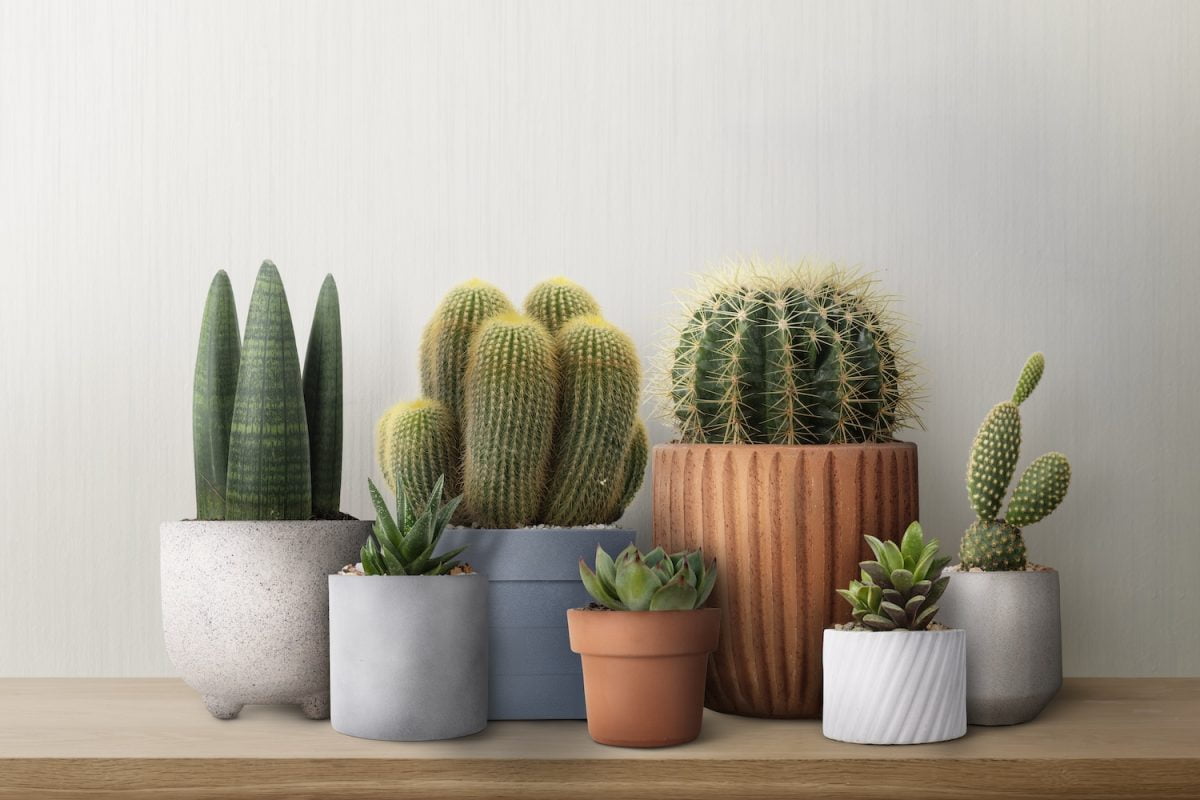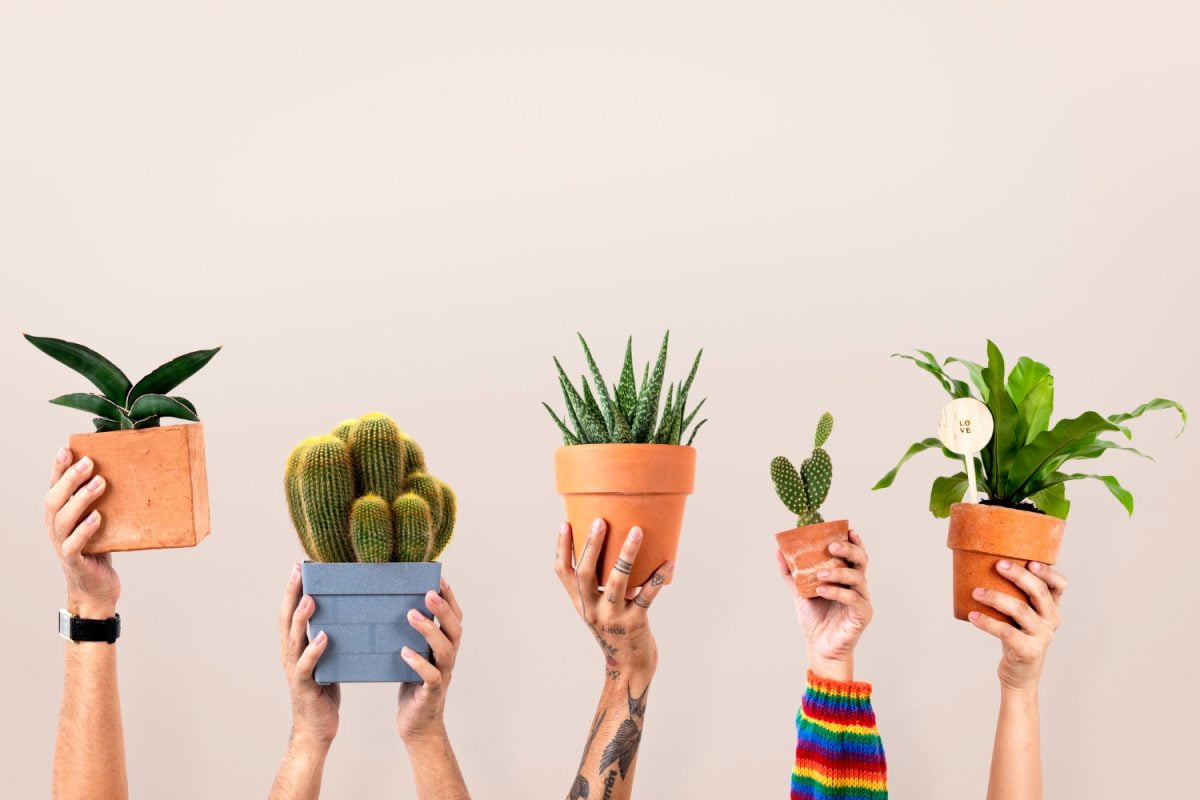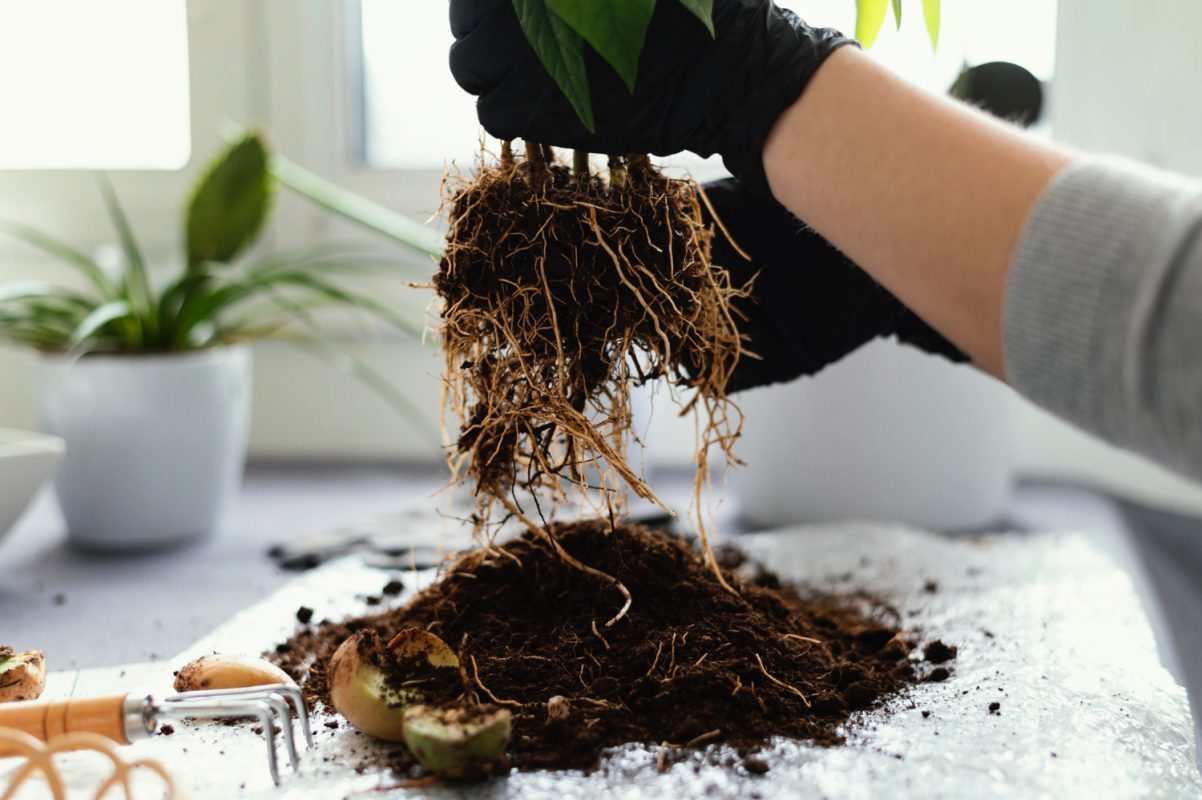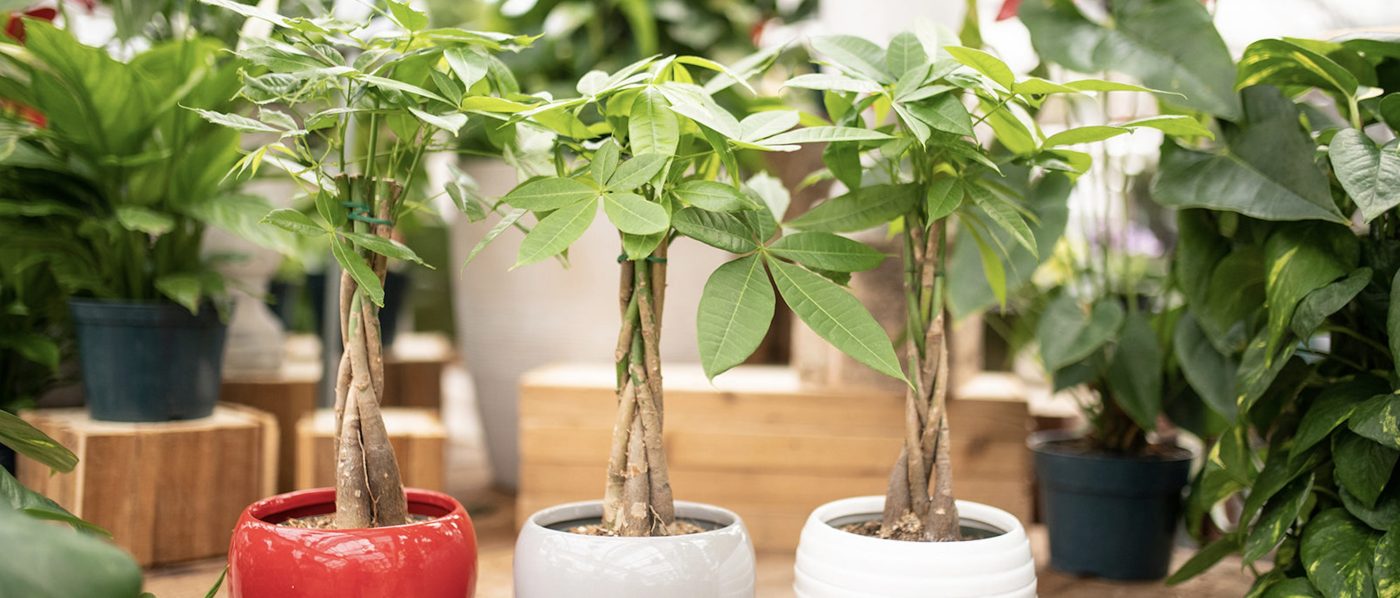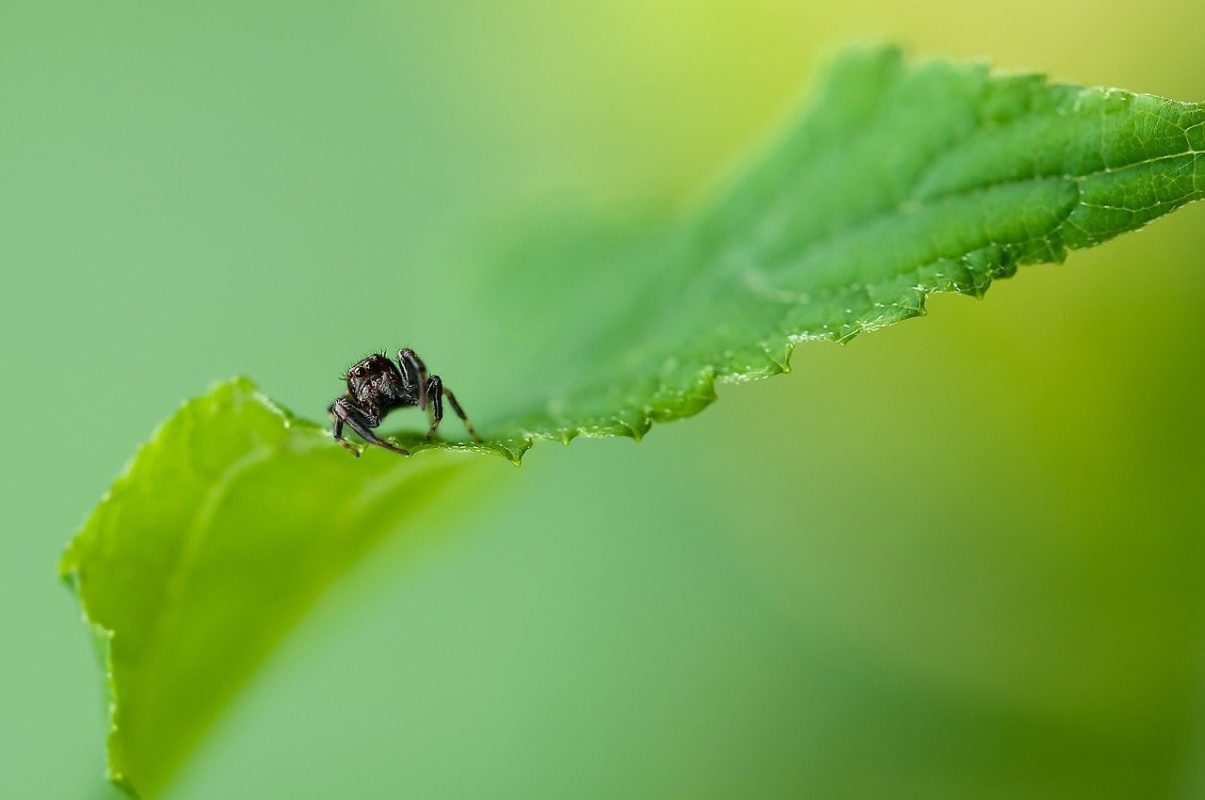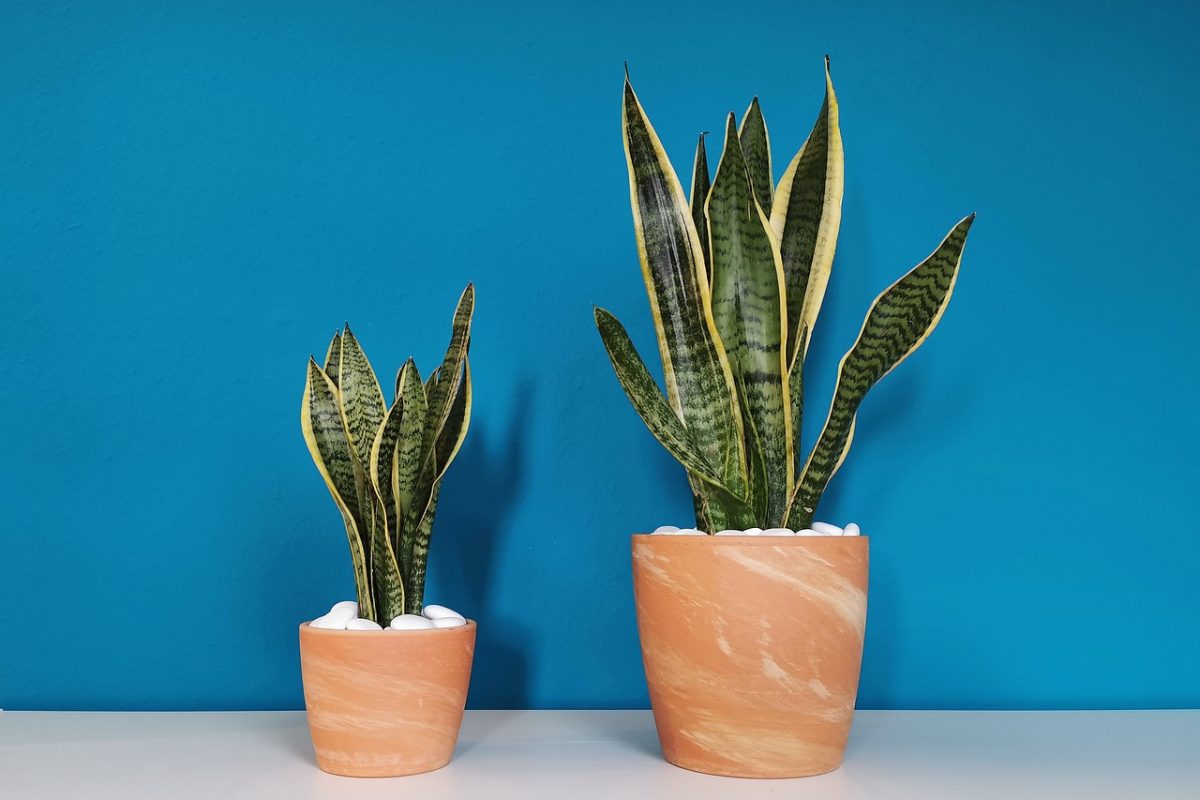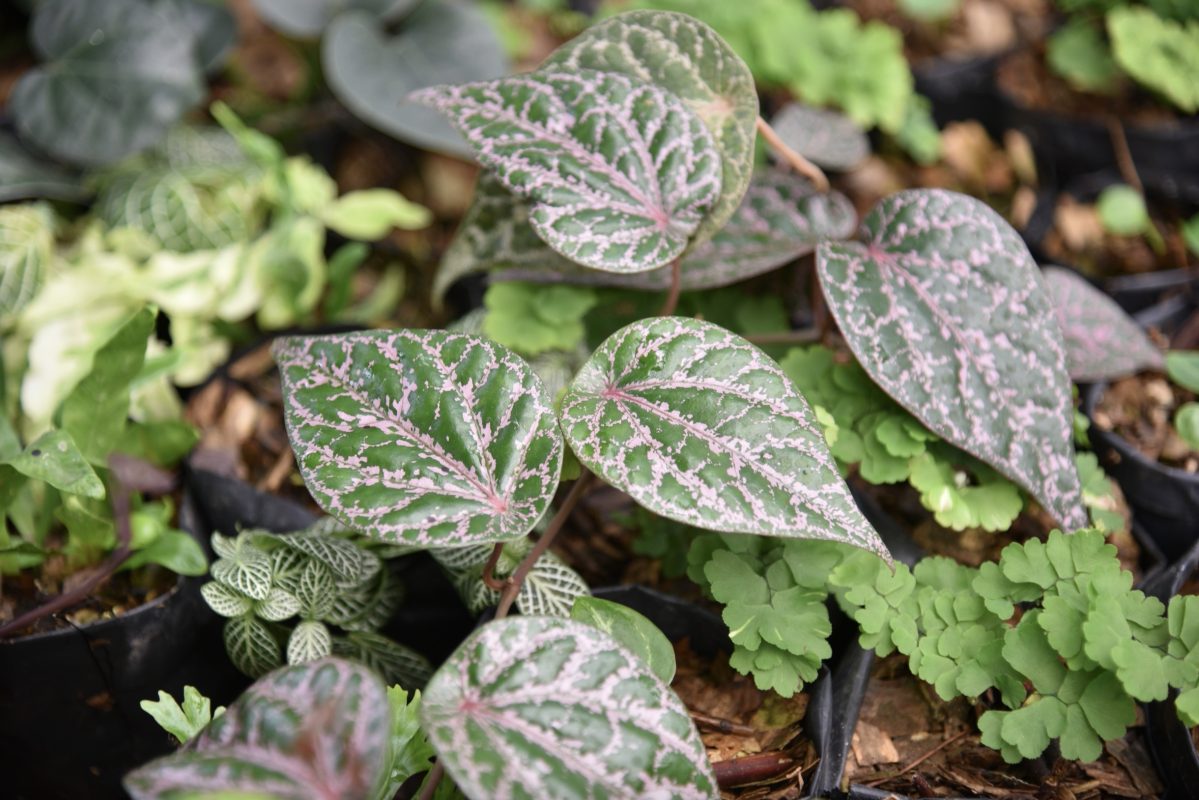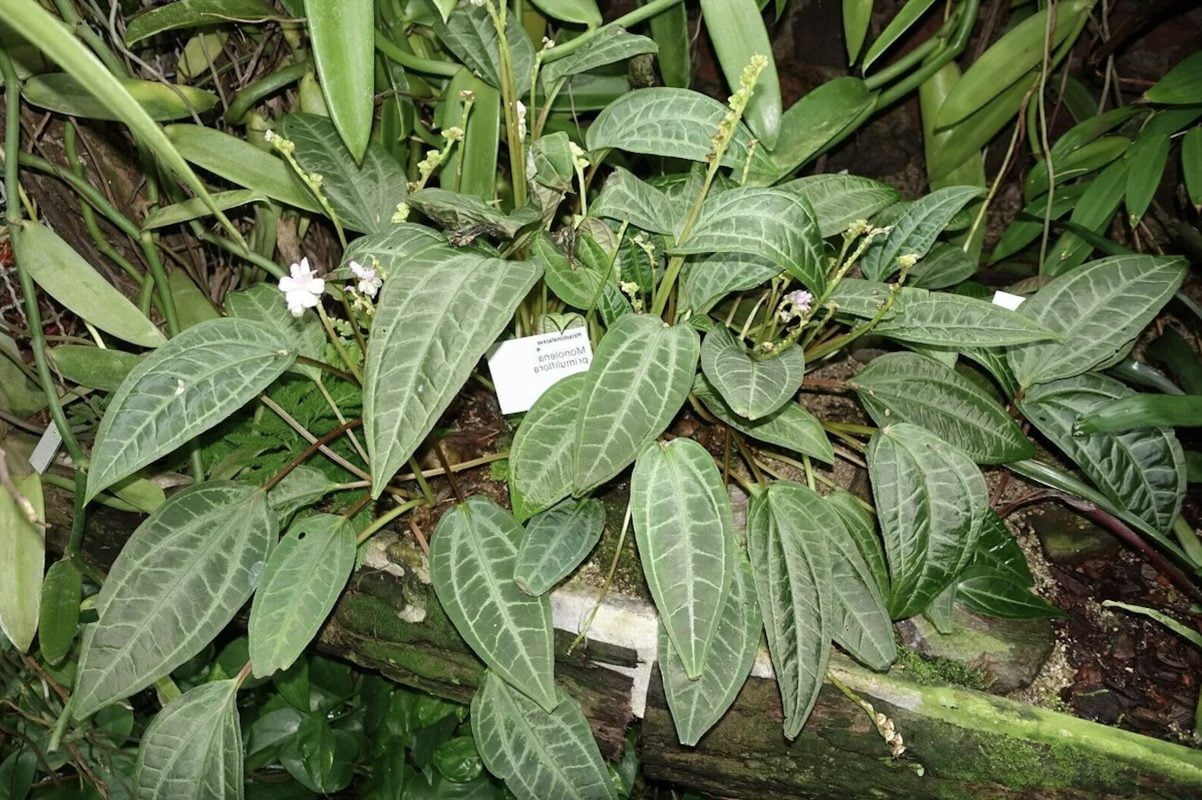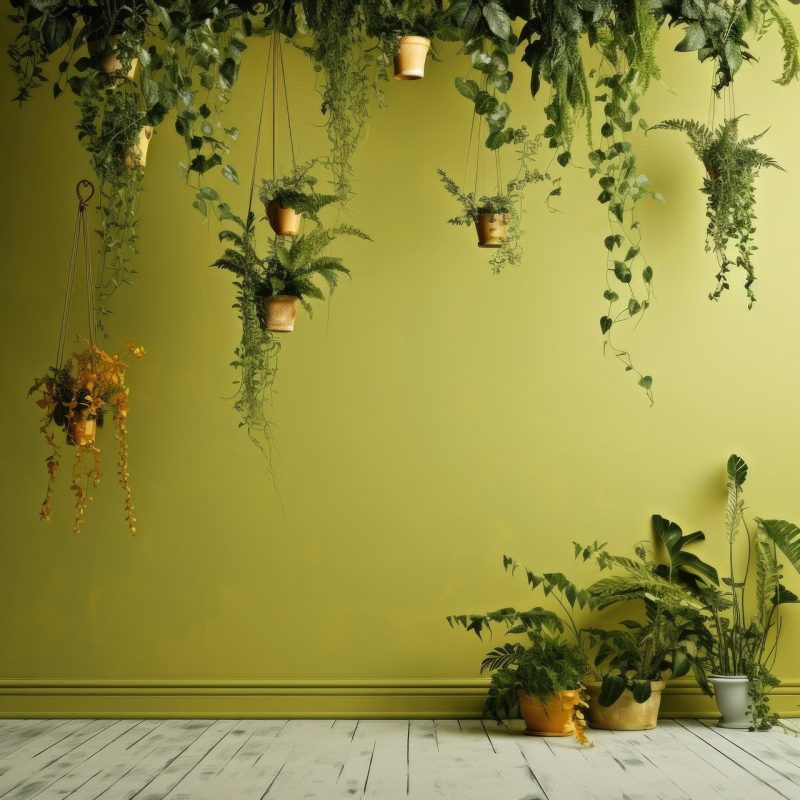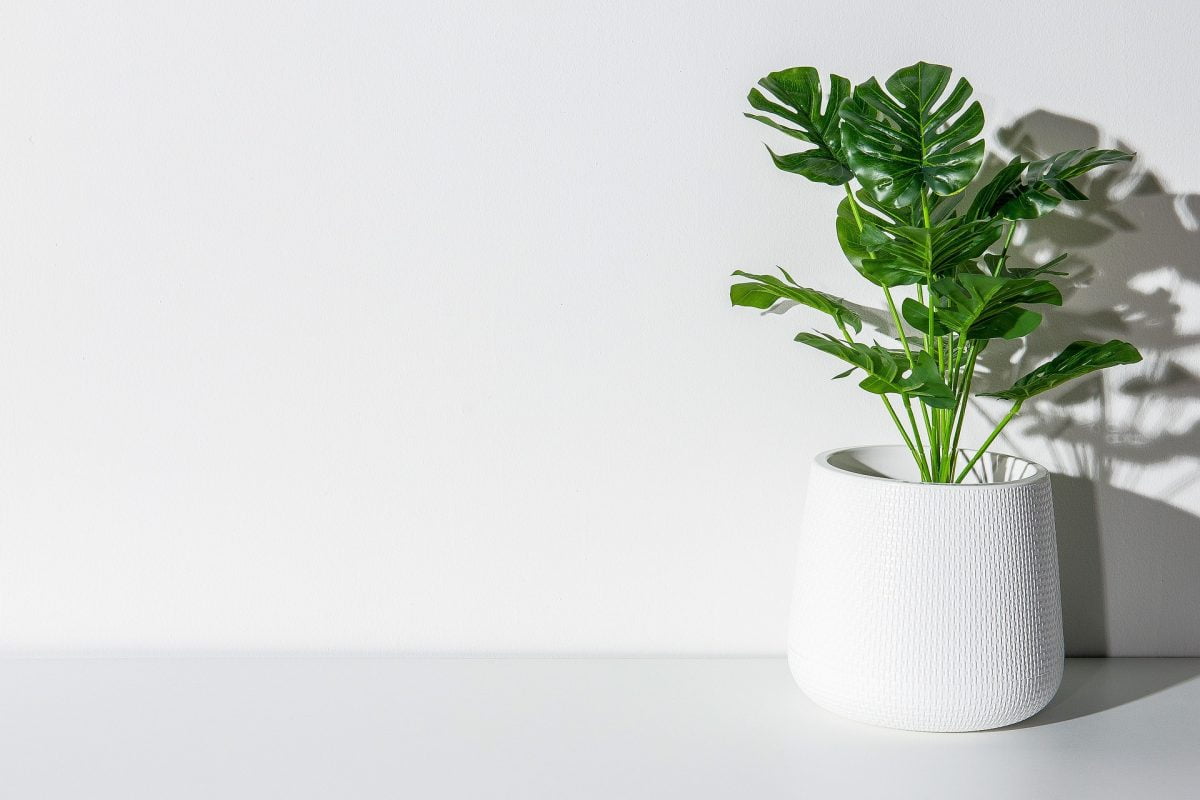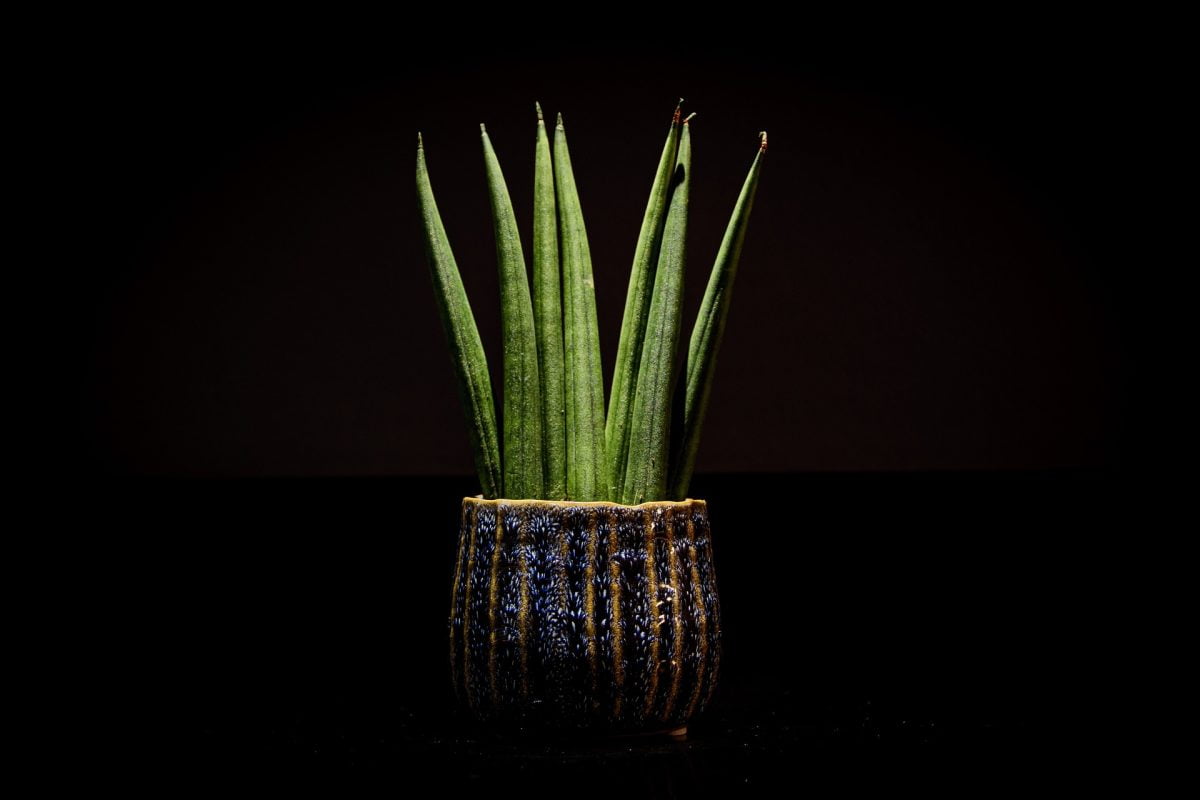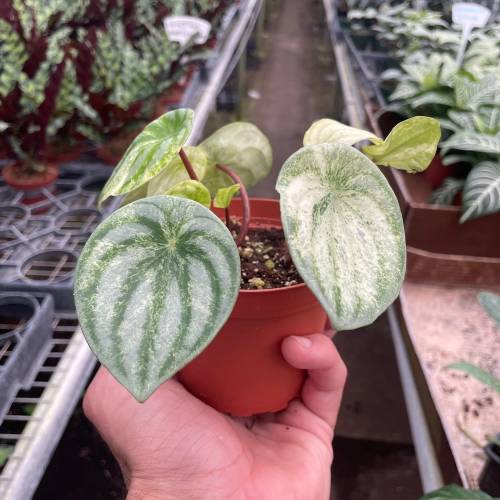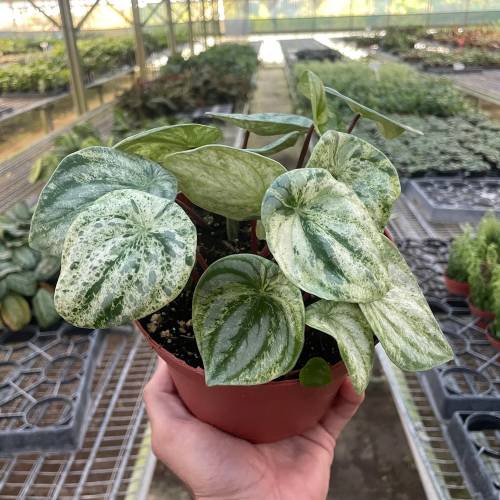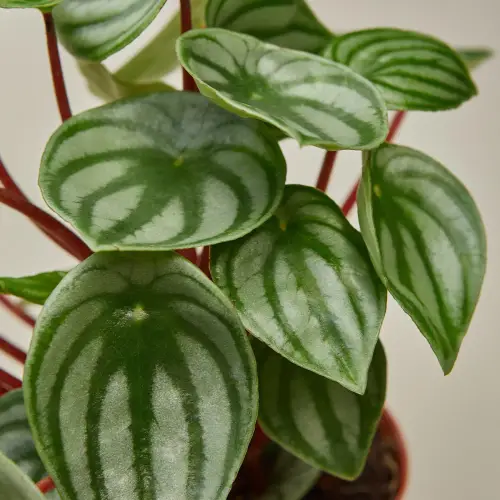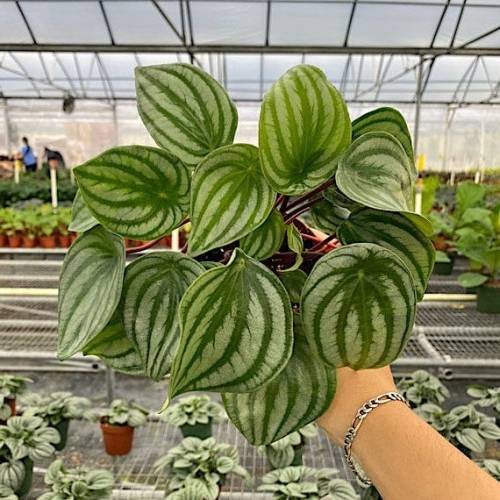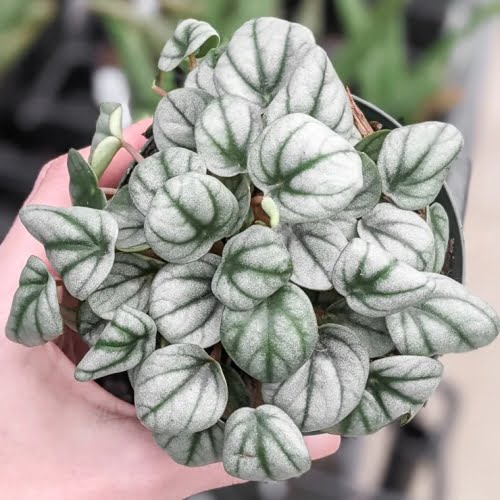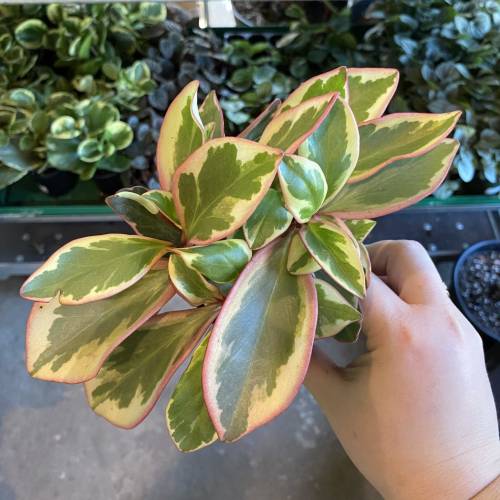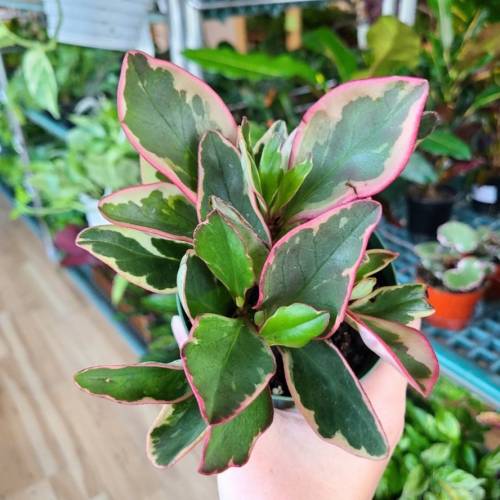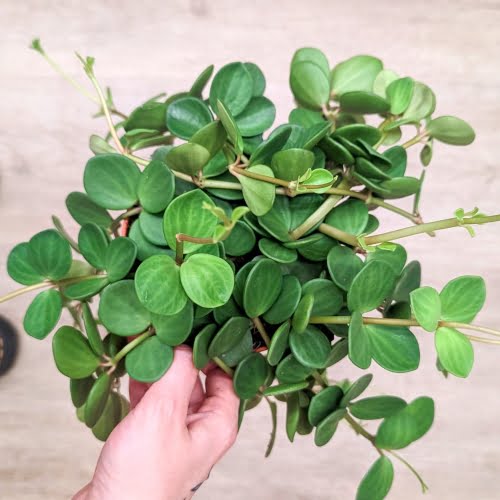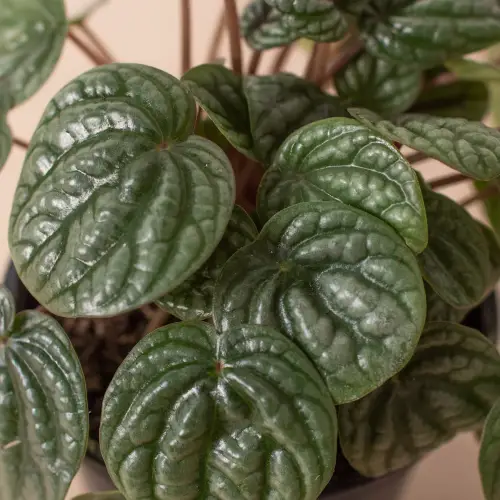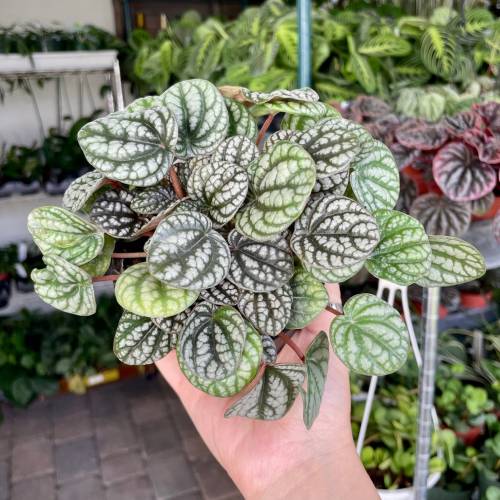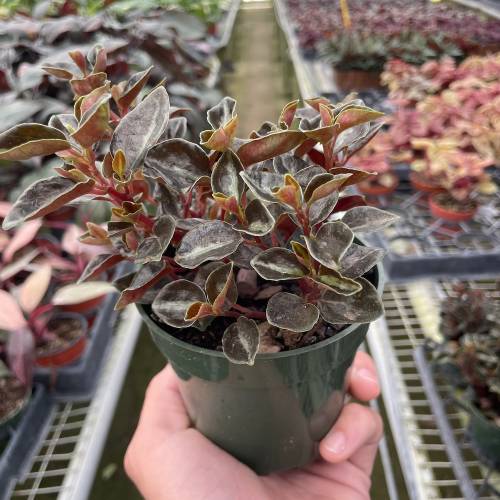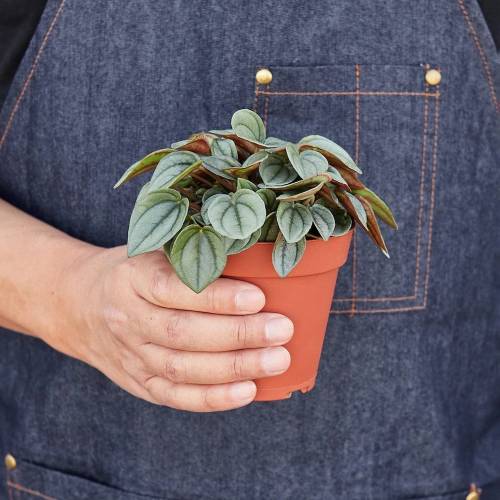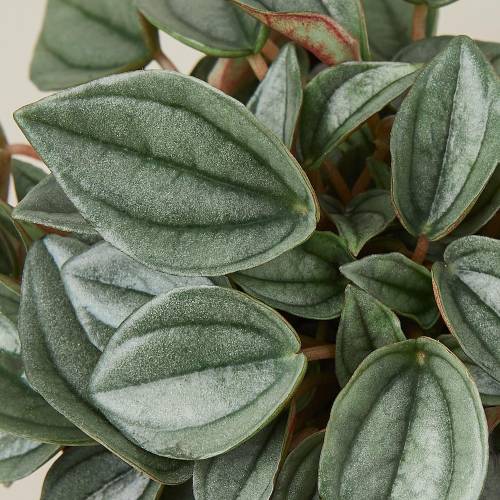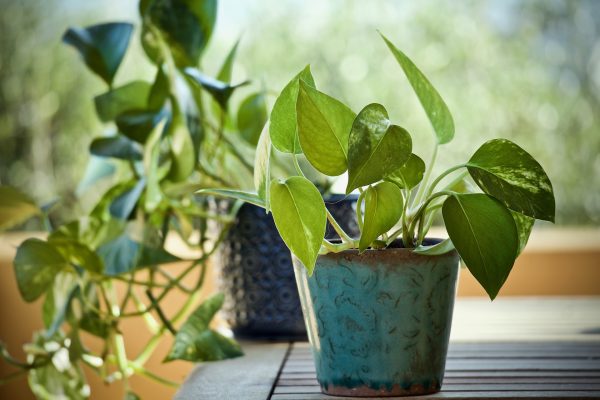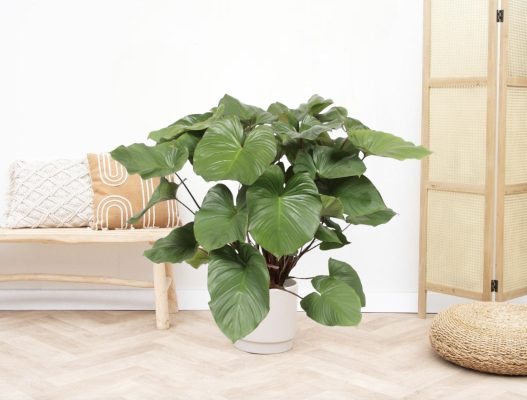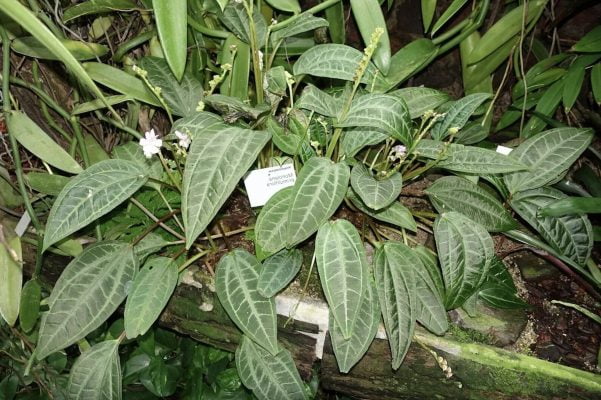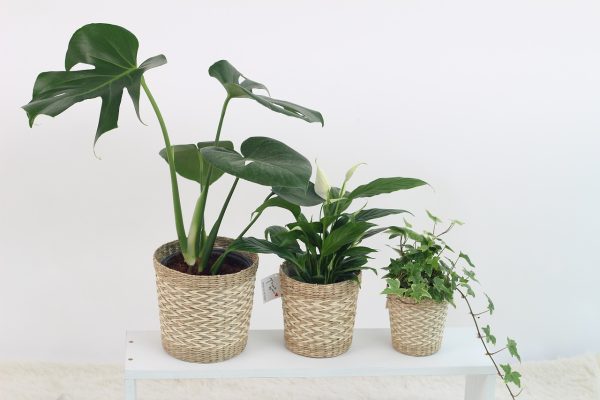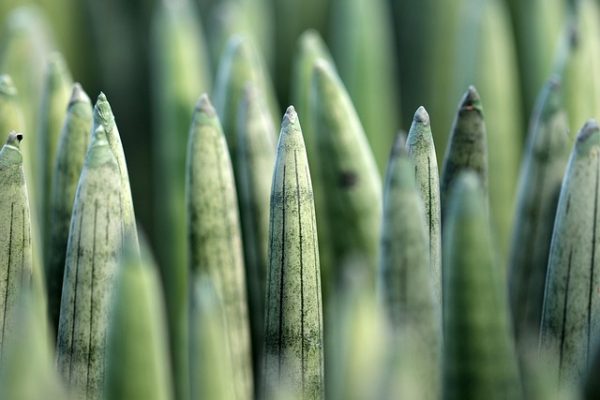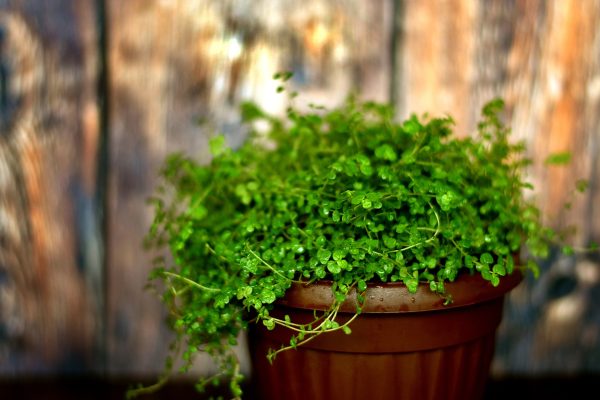Peperomias, revered for their diverse foliage and compact growth, are a delightful group of plants that effortlessly add charm to any indoor setting. This comprehensive care guide is your roadmap to cultivating the charming radiance of Peperomias, guiding you through the steps to encourage lush growth, maintain optimal conditions, and infuse your living space with the natural allure of this versatile and easy-to-care-for species.
I. Plant Overview:
- Scientific Name: Peperomia spp.
- Common Names: Peperomia, Radiator Plant
- Origin: Native to tropical and subtropical regions of Central and South America.
II. Light Requirements:
- Ideal Conditions: Moderate to bright, indirect light. Peperomias thrive in well-lit areas without direct sunlight.
- Tolerance: Adaptable to lower light conditions, but growth may slow.
III. Watering:
- Frequency: Allow the top inch of soil to dry before watering. Water moderately and avoid waterlogging.
- Water Quality: Use room-temperature water. Peperomias are sensitive to overwatering.
- Humidity: Adapts well to average indoor humidity levels.
IV. Soil:
- Type: Well-draining potting mix. A mix for houseplants or a blend of peat, perlite, and pine bark is suitable.
- pH Level: Slightly acidic to neutral (pH 6.0-7.0).
V. Temperature and Humidity:
- Temperature: Maintain a warm environment between 65-75°F (18-24°C).
- Humidity: Peperomias tolerate average indoor humidity levels.
VI. Fertilization:
- Schedule: Feed every 4-6 weeks during the growing season (spring and summer).
- Fertilizer: Use a balanced liquid fertilizer, diluted to half strength. Reduce fertilization in the dormant season.
VII. Pruning and Maintenance:
- Pruning: Trim to control size and shape. Pinch back leggy growth for bushier plants.
- Cleaning: Wipe leaves with a damp cloth to remove dust. Remove any yellow or damaged leaves.
VIII. Repotting:
- Frequency: Repot every 1-2 years or when the Peperomia outgrows its container.
- Procedure: Gently lift the plant, inspect roots, and repot in fresh soil. Choose a container with drainage holes.
IX. Common Issues and Solutions:
- Yellowing Leaves: Overwatering. Allow the soil to dry out between waterings.
- Pests: Check for spider mites or mealybugs. Treat with insecticidal soap if necessary.
- Leggy Growth: Provide brighter light to encourage compact growth.
X. Display Tips:
- Showcase the diverse foliage of Peperomias in decorative pots or hanging baskets.
- Group Peperomias together for a lush and varied indoor garden.
- Use containers with drainage holes and decorative elements to enhance the overall aesthetic.
Cultivating Peperomias brings charming radiance to your living space. This guide empowers you to care for Radiator Plants, ensuring their versatile beauty thrives and enriches the natural allure of your indoor environment. Happy gardening!
our recommendation
you may also want to know



